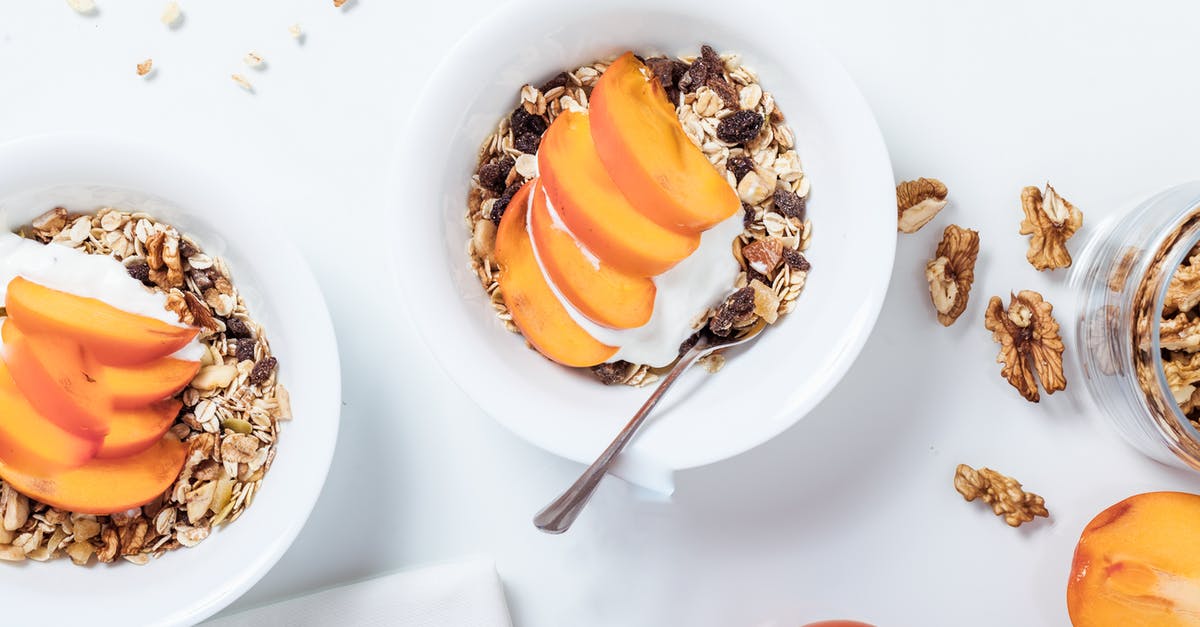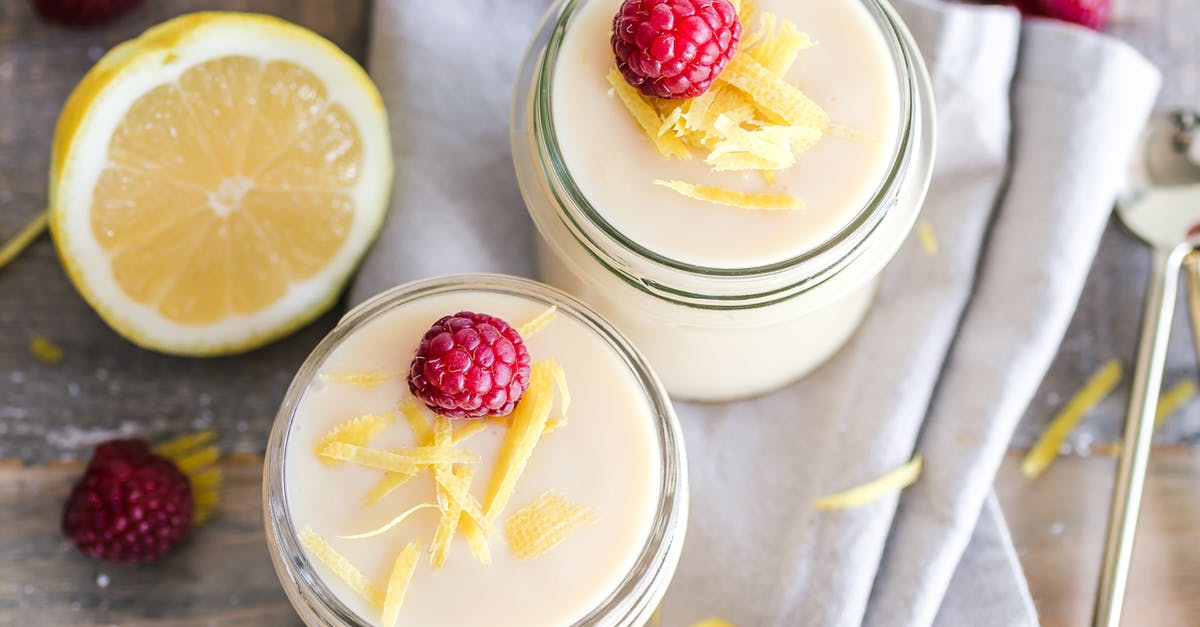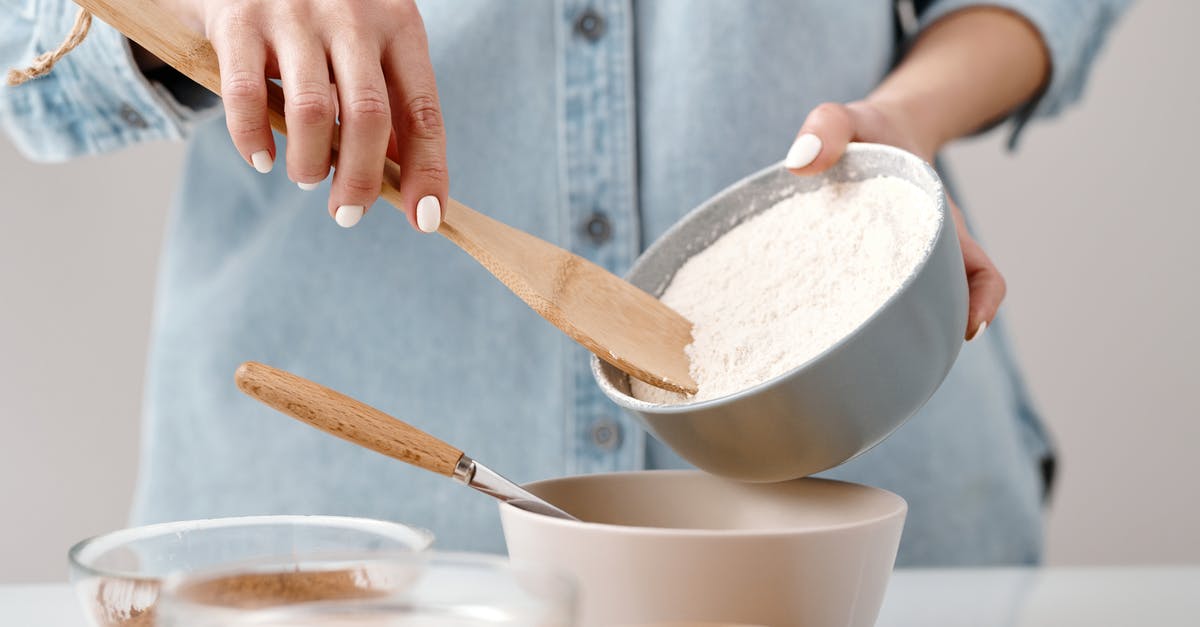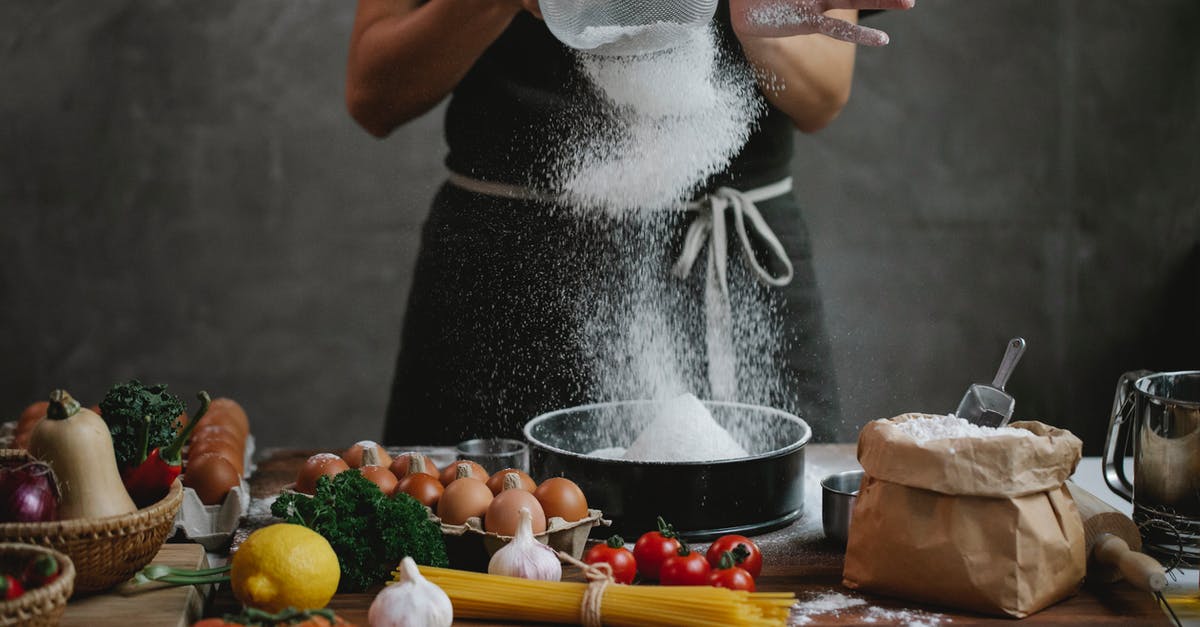Will adding yogurt whey to homemade mayonnaise make it keep longer?

I was looking up recipes last night and came across a recipe that started with homemade mayo. The author said that fresh mayo has a shelf life of 3-4 days, which is what I always heard, but then she said that if you add yogurt whey (1 tablespoon or 1 teaspoon, can't remember) that it would increase the shelf life to 2 months in the fridge.
Is that a real thing or is this lady off her rocker? How would it change the taste. Also, would you trust it the whole 2 months, or would that be the max. It'd be nice to make some and have it for at least a couple of weeks. That'd be much more reasonable than making a small batch much more frequently, which I don't have time for.
Best Answer
This is generally referred to as "lacto-fermented" mayonnaise. The whey is assumed to have active bacteria, and most recipes insist on a room temperature rest for at least several hours. During this time, I suppose the assumption is that the bacteria from the whey will ferment and produce sufficient acidity to act as a preservative (as in sauerkraut or something).
The idea is not completely without merit. As discussed in my answer to this question, there is a well-documented and validated food science procedure for killing off harmful bacteria in homemade mayonnaise, which involves sufficient acid content and a rest at room temperature before refrigeration. Mayonnaise that follows this advice should be roughly as shelf-stable as commercial mayonnaise, and its acidity will make it a poor growth medium for most harmful bacteria. It will generally deteriorate in quality not due to spoilage bacteria, but due to oils going rancid and other such processes that will degrade texture and flavor over a period of weeks.
On the other hand, I have serious doubts that a few hours at room temperature with a tablespoon of whey is going to produce a consistent level of acidity to ensure safety and longer preservation. You simply don't know the bacteria count and activity in the whey, how well it may grow (if at all) in the mayonnaise, and how much it will lower the pH. (In a quick search, I couldn't find comparable food science research on using lactofermentation to achieve safe homemade mayo, but it may be out there. It sounds implausible to me, not least because of the lack of sufficient food in mayo for the lactic fermentation to produce a lot of acidity.)
If you want to make safe homemade mayo, you need sufficient acidity. Usually that comes from lemon juice or vinegar. It's that simple. And with adequate acidity, it will likely have a reasonable shelf life of more than just a few days. There is further advice and thoughts on that issue in another question. But I would not recommend this whey-based technique to ensure food safety.
EDIT: Despite the huge number of recipes online for lacto-fermented mayonnaise, I've been unable to find any reputable food scientist vouching for even the possibility of significant fermentation occurring in mayonnaise. Nobody reputable even discusses it (probably since, as I said above, it doesn't make a lot of sense). Anyhow, I did manage to find this, in a list of fermentation "myths" maintained by a prominent fermentation Facebook group:
MYTH: Mayonnaise can be fermented by adding a bit of whey or sauerkraut juice and letting it sit on the counter for [x] hours.
FACT: Oil cannot be fermented, and mayonnaise is primarily oil with a small amount of egg yolk emulsified into it. All bacteria have an absolute moisture threshold necessary for their survival and function, which mayonnaise doesn't provide. . . . The amount of moisture that is available for use is called the Water Activity level, or aW. Pure water has an aW of 1.0. Lactic acid bacteria require a minimum aW of 0.94, but not much activity will occur below 0.95 and a level closer to 1.0 is needed for vigorous growth. Mayonnaise has an aW of 0.93 or lower. . . .
I wouldn't say this qualifies as a reputable source for food science (and I haven't checked the facts), but the reasoning is plausible, as bacteria simply don't grow well in mayonnaise. If anyone can find any better food science on topic, I'd be interested.
Pictures about "Will adding yogurt whey to homemade mayonnaise make it keep longer?"



Quick Answer about "Will adding yogurt whey to homemade mayonnaise make it keep longer?"
As it turns out, adding whey (that yellowish liquid you see collected on top when you first open a container of yogurt) to homemade mayo seems to extend the freshness window up to a month.How do you stabilize homemade mayonnaise?
Here's the trick: slow-cooking the yolks in a water bath. Cooking the egg yolks in a plastic bag using an immersion circulator stabilizes them, which allows you to successfully emulsify your mayo every time and means it won't break going in and out of refrigeration.How do you keep mayonnaise from spoiling?
Cold and dry placeHow long can homemade mayonnaise last?
Making a batch also requires very little forethought and the mayo will keep refrigerated for two weeks. Depending on how much mayo you go through in your house, whipping up a 1/2 cup of mayo could be a daily event or it could last you its entire 2-week shelf life.How do the components of mayonnaise manage to stay together?
Eggs (containing the emulsifier lecithin) bind the ingredients together and prevent separation. Then, oil is added drop by drop as the mixture is rapidly whisked. Adding oil too quickly (or insufficient, rapid whisking) will keep the two liquids from combining (emulsifying).How to Make Mayonnaise | Gordon Ramsay
More answers regarding will adding yogurt whey to homemade mayonnaise make it keep longer?
Answer 2
I haven't seen proof but this isn't plausible to me.
The way to make mayo last longer is to make it more acidic- per this question. Notice that many recipes call for mayo to rest at room temp for an hour or two to let the high acid kill salmonella before it is refrigerated.
Vinegar or lemon juice are usually used in Mayo and they have pH levels of around 2-3. Whey acidity varies depending on how long the yogurt fermented but can be as high as 4-5.
Federal guidelines recommend mayo be at or below a pH of 4.1 to be safe for longer periods.
Whey just won't be acidic enough to make your mayo last longer.
There aren't any secret, bacteria inhibiting, ingredients in whey. On the contrary it is very nutritious with a lot of sugar, vitamin B, and potentially protein and fat.
Answer 3
This is wrong. There is no food safety rule saying that mixing yogurt into mayonnaise will make it magically shelf stable. Even though there might be some factual reduction in bacterial growth, it is not enough to assume any change to the usual holding time.
I can imagine two sources for the confusion. First, if you add acid to mayonnaise, you can prevent Salmonella growth. But first, you cannot achieve that with yogurt, because the target pH is 3 point something and pure yogurt has over 4. Second, once you have added enough acid to reach that pH, your mayonnaise will have a completely different taste, predominantly sour. Third, it is salmonela-specific. There are certainly other bacteria which will be affected, but it won't be all of them. You will have simply made the risk comparable to that of other cooked foods without raw eggs, not to that of preserved food.
The second possibility is that she thinks it will behave like cultured dairy. If an opened container of yogurt doesn't get mold, it is likely to be OK to consume after several weeks (although, if it is homemade yogurt with live culture, it will reek by that time, especially if you used thermophilic cultures). But mayonnaise is not milk, and won't turn into yogurt when seeded with culture. Its risks are not reduced at all.
Once we are over that explanation, I can encourage you to mix yogurt with mayonnaise if you have never done it before. It results in very tasty sauces and dips, and you can experiment with the ratios as much as you like. Other soft dairy products such as quark, creme fraiche, and so on, are also excellent for a mix. It is the only good way to answer the "how it will change the taste" part. But please, when it comes to safety/shelf life, treat all these mixtures as standard mayonnaise.
Answer 4
Surprising that sources here did not quickly find a couple of online articles from 2010, on lacto-fermented mayonnaise, one being the Washington Post.
Unsure who the Facebook group is, but they are all off the mark on this one. Sometimes, a piece of information becomes dogma just because.
Foods have been fermented for centuries, are enzyme-rich in probiotics, and was an essential method for maintaining shelf life long before refrigerators were invented, and is still used in places where home cooks have no refrigeration.
Fermenting mayonnaise, although an oil-based food, is lacto-fermented with either yoghurt whey, kefir whey, or fermented juice from any properly-fermented jar of veggies (pickles, kraut, etc). Use 1 C mayo per 1 TBSP liquid whey. Once fermented, homemade mayo lasts for months in a properly-cold fridge.
Whey may be added before mayo is whipped, as opposed to after. Doing so does not produce a thin or runny mayonnaise, as some state.
Unless someone is a supertaster, no discerning tart or sour flavor is detected, as well.
Some additional information that may be of interest:
Please keep in mind that lacto-fermented mayo is not for lactose-intolerant individuals, just as using raw eggs may not be suitable for those with compromised immune systems (the Portuguese make a thick, rich milk-based mayo that has no eggs, and recipe may be found online at Leite's Culinaria).
Cooked or uncooked yolks may be lacto-fermented.
Harold McGee, noted food science author of The Curious Cook website, and book, On Food and Cooking, has a method for gently cooking egg yolks to avoid samonella, as well as American Egg Board, The Incredible Egg website.
Sources: Stack Exchange - This article follows the attribution requirements of Stack Exchange and is licensed under CC BY-SA 3.0.
Images: Alexander Mils, Ella Olsson, Nicole Michalou, Klaus Nielsen
